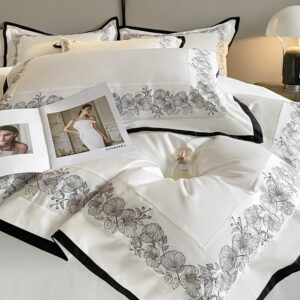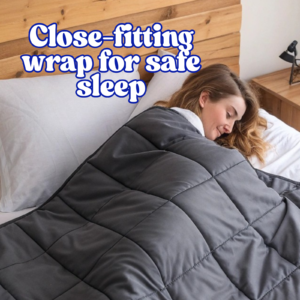The wrong bedding fabric can make your nights restless. The right one improves sleep, health, and comfort.
The right bedding fabric matters because it affects comfort, durability, and health. Cotton, linen, tencel, and blends all have different benefits and limitations.
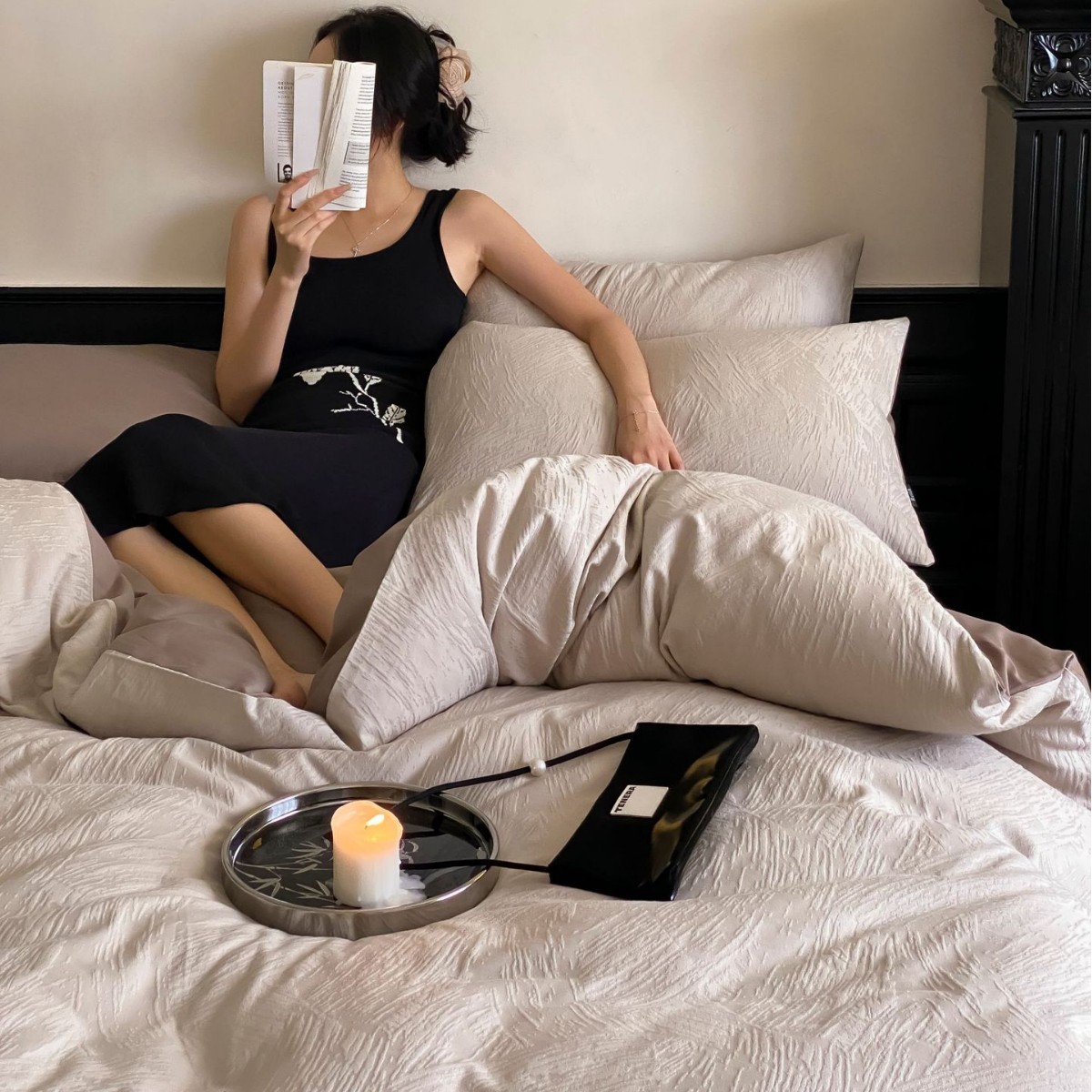
Choosing bedding fabric is not only about style. It decides whether your nights are refreshing or uncomfortable. Once you know the qualities of different fabrics, you can make a smarter choice.
Why is fabric choice so important?
Bad fabric keeps you awake. Good fabric makes you feel fresh and helps you rest well.
Fabric choice matters because it impacts breathability, softness, warmth, and even skin health. A proper fabric supports better sleep and longer product life.
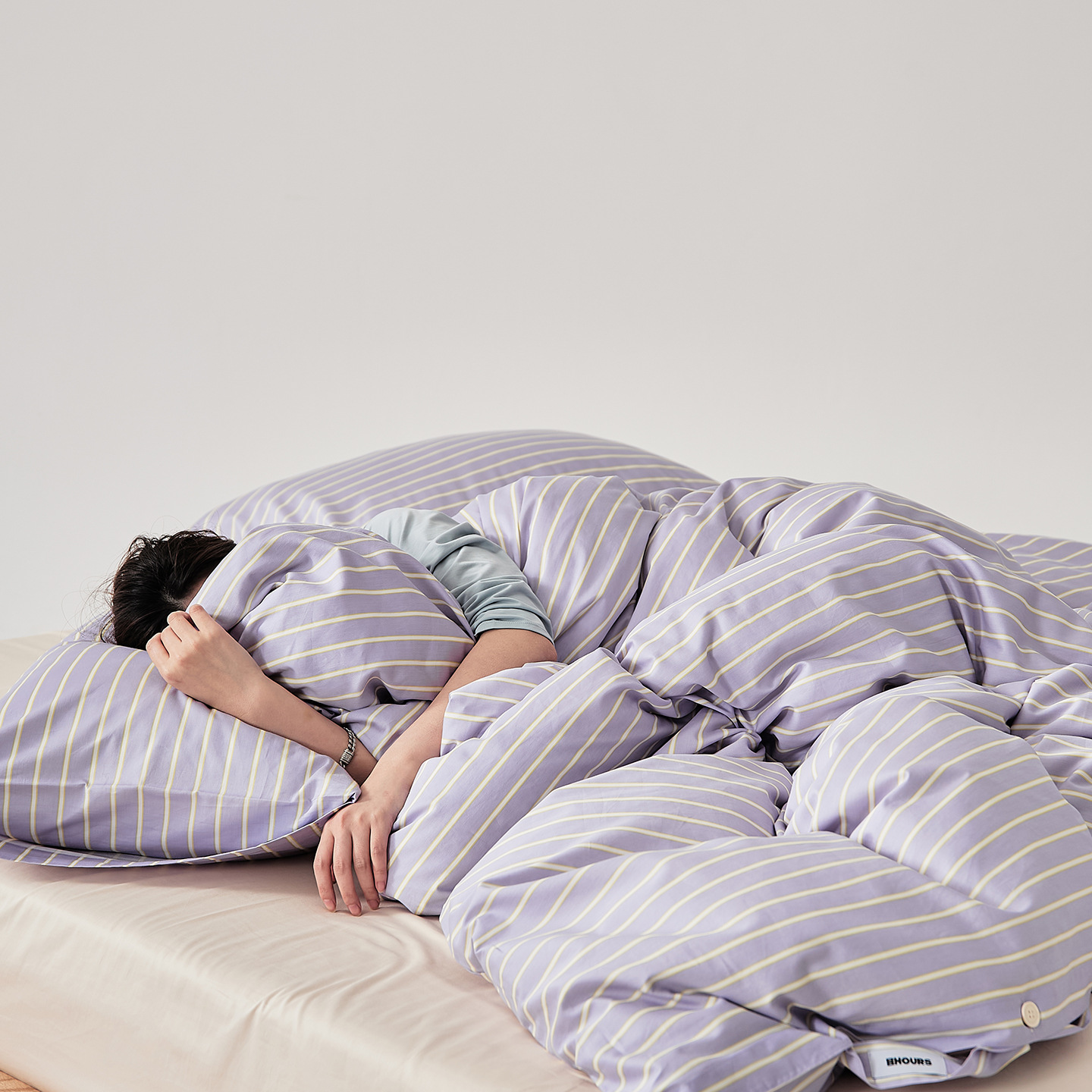
The comfort of your bedding is not decided by design alone. The material touches your skin for hours every night. Some fabrics keep you cool, some hold warmth, and some fight bacteria. I learned this after testing many types in my factory and at home. Every small change in fabric made a big change in sleep quality.
What are the common fabric types and their features?
Too many choices can confuse buyers. Each fabric has strengths and weaknesses.
Common bedding fabrics include cotton, washed cotton, linen, tencel, flannel, and polyester blends. Each offers different comfort levels, durability, and price ranges.
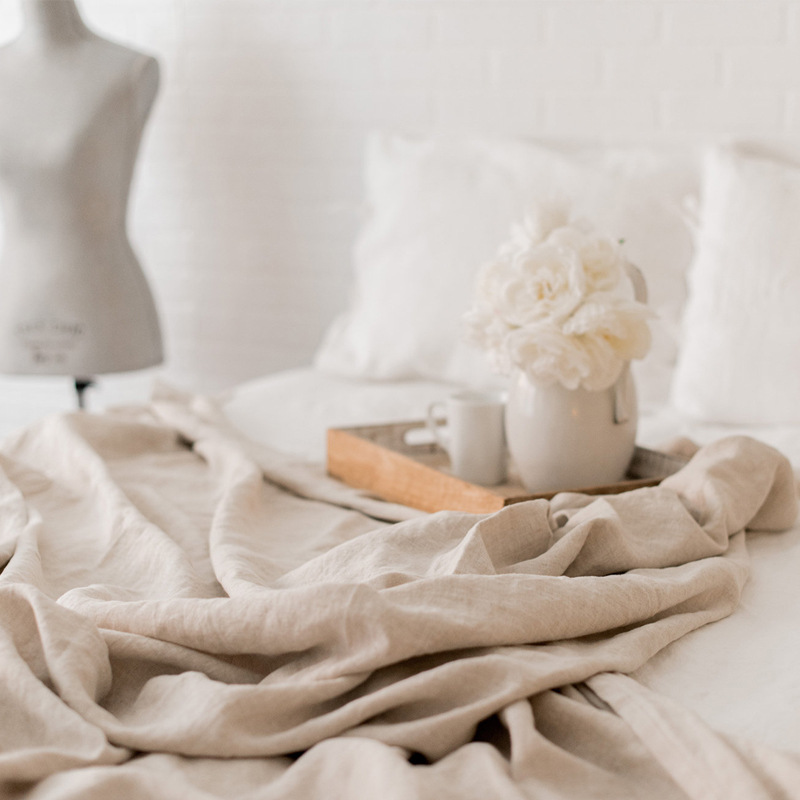
When I compare fabrics, I focus on how they feel, how easy they are to care for, and how long they last. Here is a structured look:
| Fabric Type | Pros | Cons | Best For |
|---|---|---|---|
| Cotton | Breathable, skin-friendly, absorbent | Wrinkles easily, premium cotton costly | Everyday comfort |
| Washed Cotton | Soft, vintage look, gets comfier | Limited colors, casual style | Young people, relaxed style |
| Linen | Fresh, breathable, eco-friendly | Rougher touch, expensive, wrinkles | Summer, eco-conscious users |
| Tencel/Modal | Smooth, cool, silky drape | Delicate, high maintenance | Luxury feel, hot climates |
| Flannel/Wool | Very warm, cozy | Too heavy for summer | Winter, cold regions |
| Polyester/Blends | Durable, affordable, anti-wrinkle | Less breathable, not as soft | Rentals, hotels, budget buyers |
How to choose fabric for different people and settings?
Not every family or business needs the same bedding. People have different needs.
Children, young renters, luxury homes, hotels, and outdoor users all need specific fabric qualities such as softness, durability, or functionality.
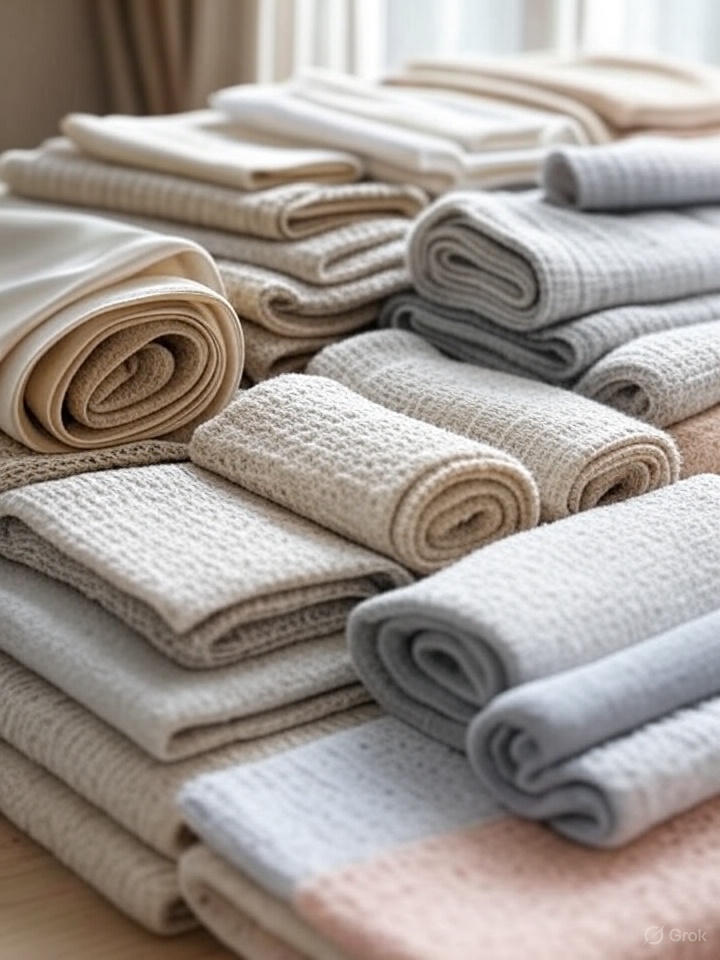
From my own sales experience, the wrong choice often leads to returns or complaints. A family with kids should not buy the same as a hotel. Let me break it down:
| Group/Scenario | Best Fabric Option |
|---|---|
| Children / Sensitive | Organic cotton, anti-bacterial fabrics |
| Young Renters | Easy-care polyester blends |
| High-End Homes | 60s cotton, sateen weave, tencel |
| Hotels & Hospitality | High-density cotton, strong and washable |
| Outdoor & Gifting | Cooling fabrics, logo-print picnic blankets |
What basic fabric knowledge should buyers know?
The textile world has many terms that confuse customers. But a little knowledge helps a lot.
Important fabric basics include yarn count (S), thread density (TC), weave type (plain, twill, satin), and finishing treatments like printing or washing.
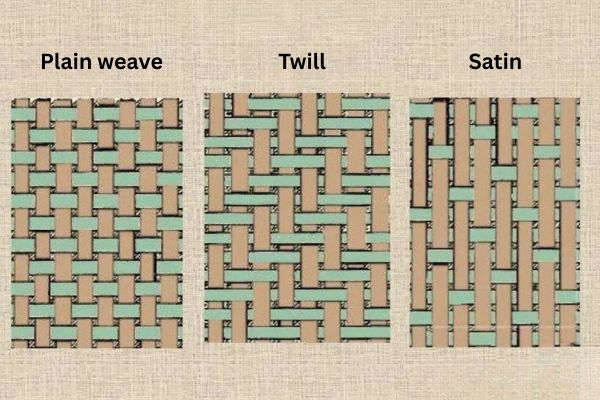
When I explain fabrics to clients, I always mention three points:
-
Yarn Count & Density
- 40s vs 60s vs 80s cotton means different softness.
- High count and high density give luxury but not always comfort.
-
Weaves
- Plain weave: strong and simple.
- Twill weave: softer, slight shine.
- Satin weave: silky, premium feel.
-
Finishing
- Printing, embroidery, washed, or brushed finishing changes the final look and touch.
A table makes it clear:
| Factor | Options | Effect on Fabric Use |
|---|---|---|
| Yarn Count (S) | 40s, 60s, 80s | Higher count = finer, softer, pricier |
| Density (TC) | Low, Medium, High | Higher density = stronger, heavier |
| Weave Type | Plain, Twill, Satin | Plain = durable, Twill = soft, Satin = silky |
| Finishing | Washed, Printed, etc | Adds softness, style, or special functions |
What are the fabric trends and future directions?
The bedding market changes with lifestyle and technology. Buyers today want more than comfort.
Future bedding fabrics focus on eco-friendly materials, functional performance, and cross-use designs such as home + outdoor versatility.
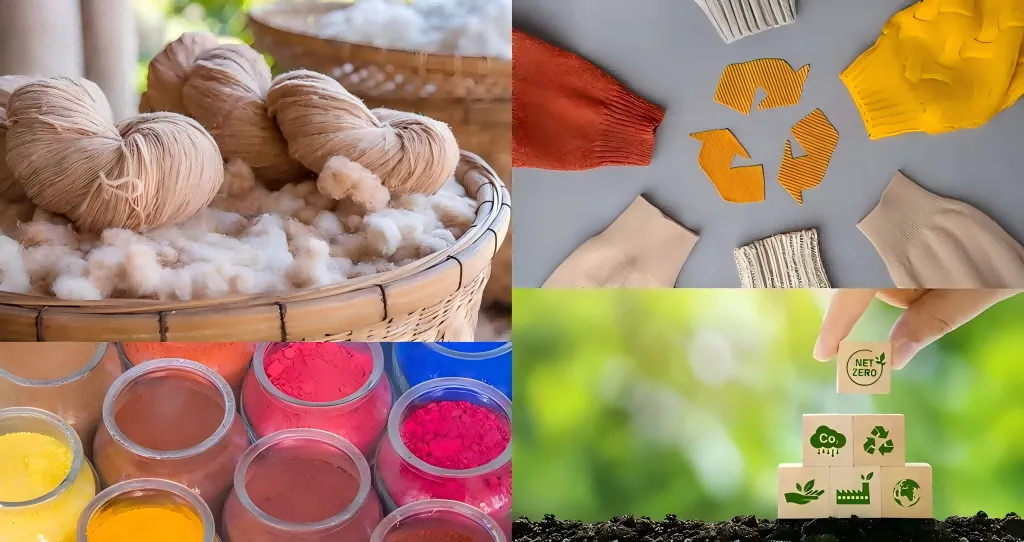
In my textile business, I see more clients asking for two things: sustainability and function. People want organic cotton, recycled fibers, and fabrics that fight bacteria or keep cool in hot weather. Outdoor lifestyle also drives demand for blankets that work both at home and on a picnic. These changes are not just trends, they are new standards. B2B buyers should prepare early to stay ahead.
Conclusion
Choosing bedding fabric means choosing better sleep and smarter use. Comfort, health, and function always come first.
I share both consumer tips and B2B insights because I work in textiles daily. I test fabrics, see market shifts, and help clients choose the right materials for their needs.




